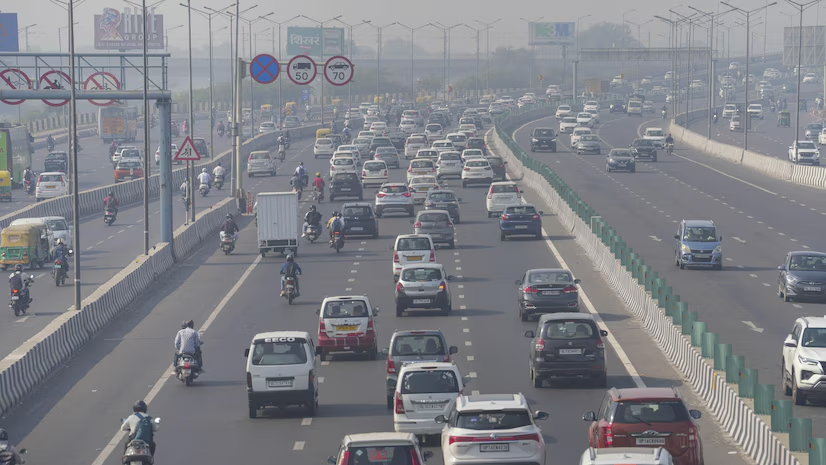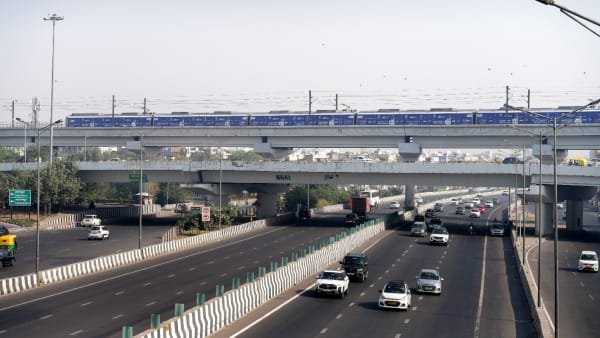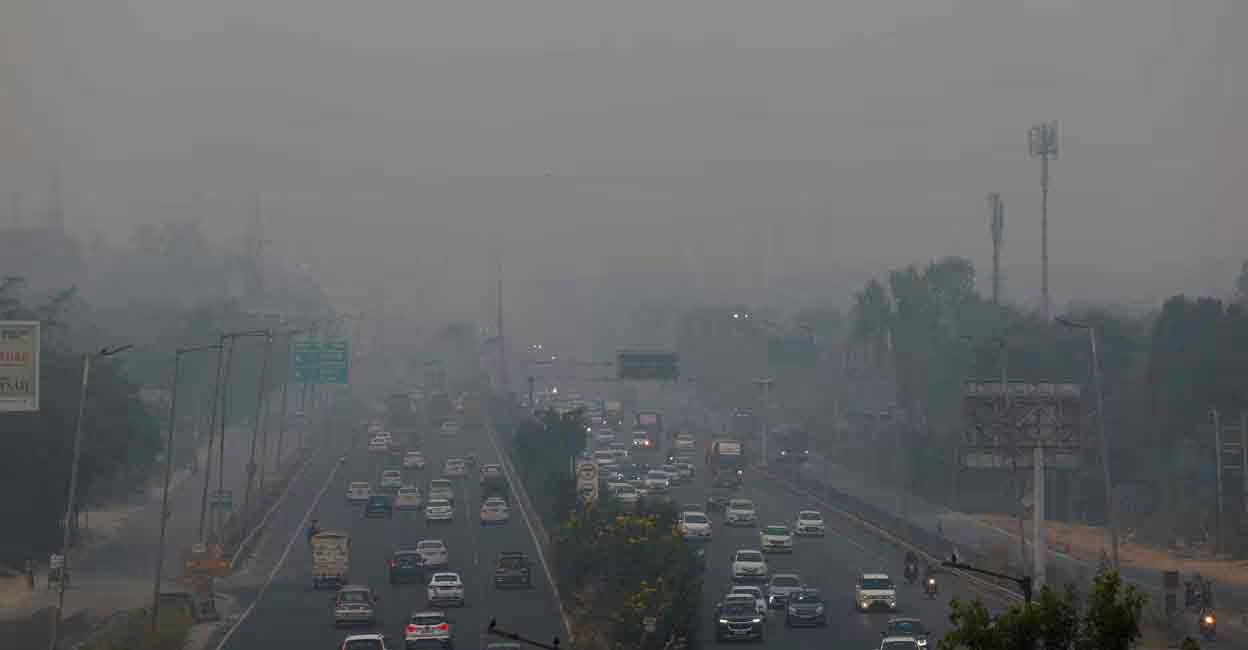Key Highlights:
The Air Quality Index is a standardized measure across the world that indicates how polluted the air currently is or how it is forecast to become. It converts complex data regarding air quality into one number and color code that the public can easily understand. The AQI bases its concentration on health effects individuals might experience within hours or days after breathing in polluted air.

The AQI is the resultant of the concentrations of eight air pollutants: Particulate Matter (PM10 and PM2.5), Nitrogen Dioxide (NO2), Sulfur Dioxide (SO2), Carbon Monoxide (CO), Ozone (O3), Ammonia (NH3), and Lead (Pb) in Indian atmospheres. The categories, which comprise the six-part AQI scale are; Good (0-50), Satisfactory (51-100), Moderate (101-200), Poor (201-300), Very Poor (301-400), and Severe (401-500), marking a different level of health problem.
Delhi’s AQI after Diwali: A Cause for Alarm
On November 1, 2024, Delhi’s AQI went to stratospheric levels for the second day after Diwali, making it one of the world’s most polluted cities. Anand Vihar reported an AQI of 388 at 10 am, which the CPCB tags as “Very Poor.” This is due to the fact that firecrackers are commonly used during Diwali and are banned.

The Swiss company, IQAir, said that Delhi had topped the world’s air pollution list on this day, as depicted by the intensity of the situation.
Causes Resulting in Air Pollution in Delhi
There are numerous causes that lead to the enhanced rate of air pollution in Delhi, especially during the winter season:
- Diwali Firecrackers: The firecrackers emitted in the air pollute a lot, as their bursting contains a lot of pollutants, including PM2.5 and PM10. This leads to an enhanced AQI level.
- Burning of stubble: Stubble burning is done in neighboring states and smoke enters Delhi during that time, thus increasing pollution.
- Emission through vehicles: Due to its high density of vehicles, car and truck emission also greatly contributes to the pollution of the city.
- Industrial Emission: The industries located inside and outside Delhi emit harmful pollutants into the air that contribute to the overall deterioration of air quality.
- Weather Conditions: In winters, low temperature and light winds do not support the dispersion of pollutants; they accumulate near the surface.
Poor Air Quality Health Effects
Exposure to high levels of air pollution leads to several adverse health impacts:
- Respiratory Diseases: Sudden cases of asthma, bronchitis, etc.
- Cardiovascular Diseases: A higher risk of heart attack and other cardiovascular diseases.
- Premature Death: Long-term exposure can lead to lower life expectancy.
- Impact on Sensitive Populations: Children, the elderly, and those with previous medical conditions are more vulnerable to the ill effects of polluted air.
Government Initiative and People’s Response
Delhi government has taken some initiatives to address the deteriorating air quality:
- Firecrackers Prohibition: Complete prohibition of sale and use of firecrackers during Diwali to reduce the level of pollution.
- Odd-Even Scheme: Regulate the movement of vehicles based on their license plate numbers so that the emission level due to traffic reduces.
- Public Transport Use Promotion: Promote use of public transport so the number of vehicles on roads comes down.
- Dust Control Mechanisms: Sprinkle water on roads and construction places to reduce dust.
In the above steps, enforcing it is still a difficulty. Many people burst crackers since it is an essential part of their culture and, hence, pollution rates surge after Diwali.
What Citizens Can Do
While government action is important, public consciousness is the key to handling air pollution:
- Use no firecracker: Use eco-friendly methods during festivals.
- Use transport: Reduce the use of personal vehicles and lower pollutants.
- Plant trees: Increase green cover to clear the air.
- Take cognizance: regularly check AQI levels for necessary precautions on high polluted days.
Conclusion
Delhi after Diwali portends to an even more depleting phase in the context of the quality of air; an immediate collective movement needs to be initiated against rising levels of air pollution. Getting aware of AQI is the first step that brings decision-making to be effective towards a healthier environment for living. It takes breathing in fresh air on government and public cooperation simultaneously.
For Latest News Updates Click Here
